Categories > Guides and Tips

What To Wear in Thailand: Things You Should Know
Due to the hot and humid weather, the best clothes to wear in Thailand should be made from light materials like cotton, linen, or rayon.
It is also advisable to wear appropriate and conservative clothing, such as polo shirts, button downs, and Bermuda shorts when in town or when on the beach.
Thais are also quite conservative when the occasion calls for it such as during formal events, dinners with business partners, and even a casual night around town. These call for casual wear and men and women are advised to avoid dressing down too much.
With all of these various expectations on what and what not to wear, let’s go over some important points to remember when choosing what to wear when in Thailand.
Thailand’s Dress Code
Generally speaking, Thailand is a modest and conservative country when it comes to clothing. Except for ladyboys and bar girls, most locals dress conservatively while underdressed foreigners are usually tolerated.
That being said, it is still best to cover one’s body more than to expose more skin. While there are no hard and fast rules, tourists are advised to dress much more conservatively when touring or traveling around Thailand.
For male tourists, it is best not to wear singlets, muscle shirts, or anything that could expose their pectorals or “side boob”. Female tourists, on the other hand, are advised not to wear spaghetti straps and anything that can show off their cleavage.
Below are some of the more specific tips on what to wear when in Thailand during the rainy season, from November to December, and daily clothing appropriate for Thais. In addition, we also detailed the clothes that should be avoided when in Thailand.
1. Thailand during the Rainy Season
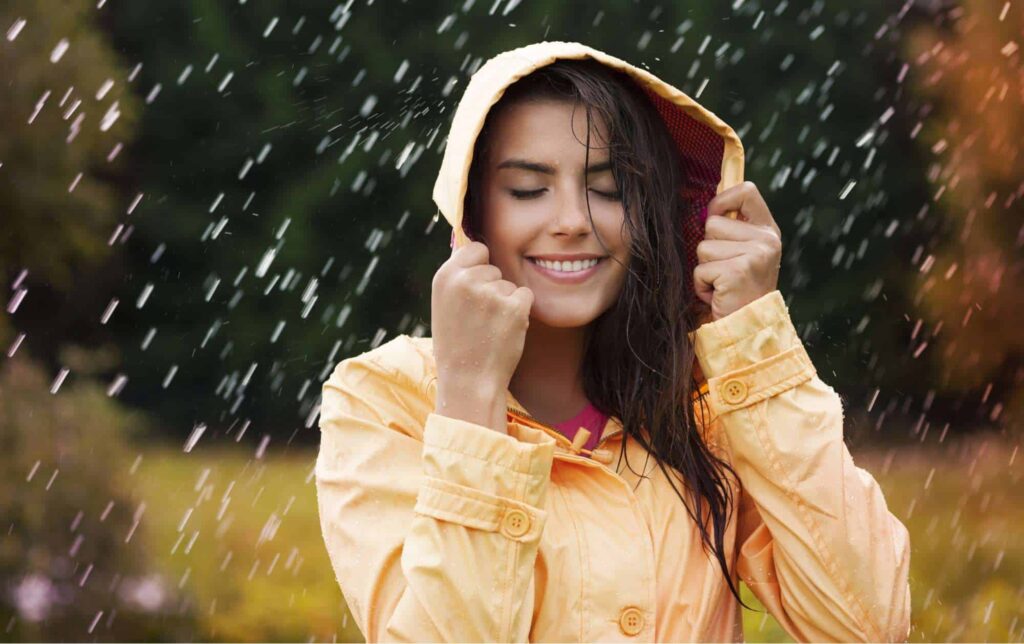
Most tourists avoid going to Thailand during the rainy season specifically because of the inconvenience rain brings. It can make individuals less comfortable and can possibly alter one’s route or itinerary for the day.
However, there are some who either choose to go during the rainy seasons for the fewer crowds and the reduced costs for tourists or those that have no choice but to go during this season.
Those who have to go to or stay in Thailand during this rainy period are advised to wear the appropriate rainy-season clothing to avoid being inconvenienced and uncomfortable during their trip.
First, travelers are advised to bring a jacket that is preferably waterproof. Unfortunately, rains in Thailand cannot be easily repelled and water-repellent fabrics are simply inadequate to stop the barrage of rainwater pouring down on travelers.
These jackets should ideally be lightweight, have hoods that can be adjusted, and taped seams that are 100% waterproof. Fortunately, Thailand has a number of shopping malls where travelers can buy these jackets if ever they forgot theirs or just need a new one.
Next, shoes for the rainy season should ideally be sandals with good grip and waterproof shoes that are closed-toe. Sandals are perfect for travelers who want to go on any outdoor activity as these kinds of footwear are designed to get wet.
On the other hand, closed-toe shoes such as synthetic boat shoes or water shoes have the advantage of being lightweight and fast-drying. Sneakers made of canvas and white-colored shoes should be avoided as they easily soak up water and mud.
Those looking to buy the appropriate shoes for the rainy season are in luck since Thailand has a couple of shoe stores to choose from when buying rain-ready footwear.
2. Thailand from November to December
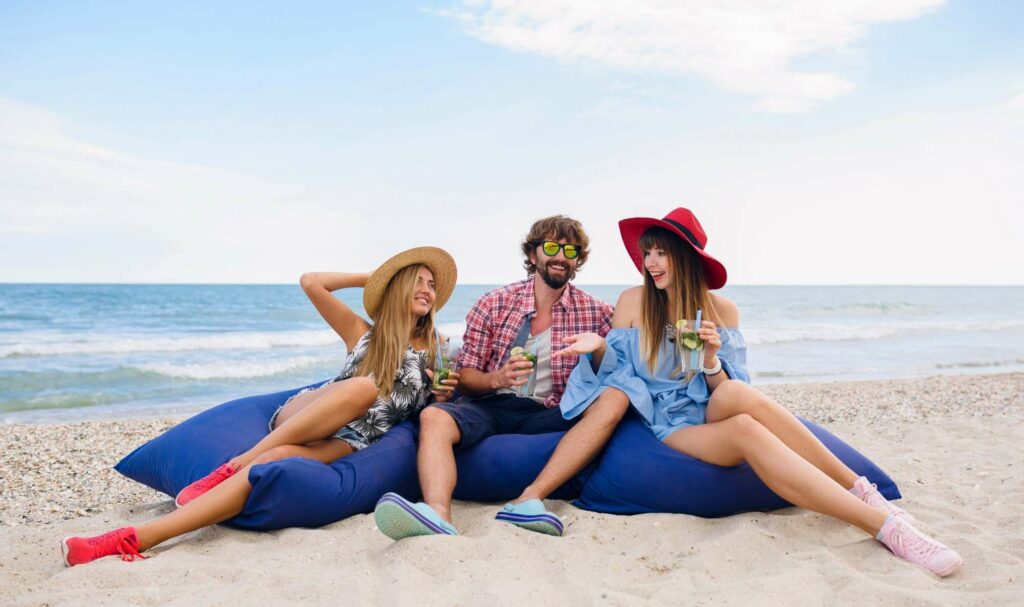
Parts of Thailand like Northern Thailand, Chiang Rai, and Chiang Mai, predominantly experience sunny and dry days from the months of November to December. This means that days will usually be hot coupled with some balmy nights.
As such, tourists and travelers are advised to wear light clothing made of cool and easy-to-dry fabric. These fabrics include light silk, linen, and cotton.
Travelers should also steer clear of thick synthetic fabrics as they make you sweat even more and prevent you from properly drying up your sweat.
Men can always go for shorts made of natural fabric. It is also ideal to have loose shorts to allow ease of movement and better sweat dissipation.
On the other hand, women are advised to wear skirts and dresses that are airy and loose and possibly made from cotton or linen. Jeans can be too hot and can result in excessive sweating during the hot periods of the day.
Wearing a hat, ideally, a wide-brimmed one is also highly recommended as it will protect tourists from the glaring heat of the sun. Travelers are also advised to put some sunscreen on to avoid getting their skin burnt.
3. Everyday Wear
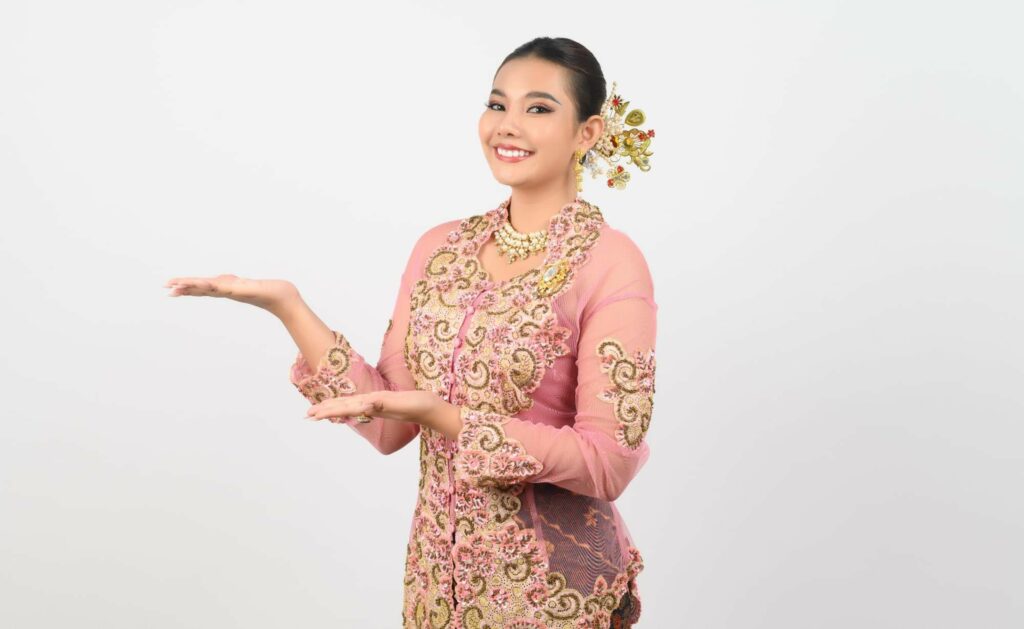
Everyday wear in Thailand can vary depending on the location you plan to travel to or stay in. It could be in a highly urbanized area such as Bangkok and beach and pool areas such as Koh Samui or Phuket.
In highly urbanized areas such as Bangkok, clothing should be much more casual than when going to the beach. This means wearing boat shoes or loafers instead of running shoes or flip-flops. Trousers and pants are also preferred over shorts.
Women, on the other hand, can wear dresses and skirts that are not too revealing. As mentioned earlier, ladies shouldn’t flaunt their cleavage in Thailand and this applies to Bangkok as well.
4. What Not To Wear

Thai culture leans towards modesty in terms of clothing. This can be seen in the choice of clothes by the locals themselves. Listed below are some things to avoid wearing when in Thailand:
- Clothing that shows or exposes your shoulders- Unless you are at a black-tie event, nightclub, or on the beach, halter tops, spaghetti straps, and tank tops should generally be avoided.
- Sandals- If you are a man and not on the beach, then there is no excuse for wearing sandals. On the other hand, women may get away with wearing sandals as long as they do not look sporty and lean more toward the dressy type.
- Short Skirts- Female students studying in universities and colleges are required to wear mini-skirts that are tight. However, other than the campus setting, women shouldn’t wear these short skirts.
- Shorts- Women with nice shorts can get away with wearing this piece of clothing. This is not the case with men though, as they are expected to wear long pants or jeans instead of shorts. Unless of course, they are on a beach or pool area.
What fabric is best in Thailand?
Based on the year-round weather of Thailand, there are a number of fabrics recommended for daily wear depending on one’s activities. These include fabrics such as UPF that protect the skin, quick-dry performance fabric, and linen.
UPF (ultraviolet protection factor) fabrics are best used when on the beach or pool area as they give added protection to the skin aside from sunscreen. UPF fabrics are commonly used for rash guards, swim shirts, sun hats, and scarves.
Next, we have the quick-dry performance fabrics which are commonly used and found in hiking wear and running shorts. These pieces of clothing are perfect for travelers who want something lightweight and easily dries up after being sweated on.
Lastly, we have linen, a thin, lightweight, and breathable kind of fabric that is perfect for the hot and humid weather of Thailand. Travelers also need to ensure that they are buying 100% linen from a reputable clothing store and that the clothes are loose-fitting.
Footwear
Once again, the type of footwear would vary depending on the area and the activity of the individual when in Thailand. Travelers should wear closed shoes when in urban areas while sandals and other open footwear are okay for beach or pool areas.
Closed shoes include loafers and boat shoes and are perfect when out and about in a city like Bangkok. On the other hand, flip-flops and sandals are ideal when in beach areas such as Phuket or Koh Samui.
What to Wear at the Beach
The de facto pool or beachwear in places such as Koh Samui and Phuket is resort wear such as trunks and bikinis. These can then be paired with footwear such as sandals and flip-flops.
However, due to Thailand’s more conservative or modest nature when it comes to clothing, travelers are expected to drape something over their bodies when stepping out of the pool or the beach.
Walking around in a bikini, despite being in the vicinity of a beach town is a no-no!
What to Wear in Temples

As a place of worship and reverence, temples in Thailand only accept guests and visitors if they are appropriately dressed. This means wearing the right kind of clothing that does not expose too much skin or body part of the individual.
The general rule is to wear something that completely covers the knees and the shoulders for both men and women. This translates to wearing longer skirts and cleavage showing for women and no shorts and muscle shirts for men.
Temple guests will usually be asked to leave their shoes at the temple gate. Hence, it is best to wear a slip-on to save you the hassle of having to untie your shoes before going into the temple.
What Not to Forget to Wear
These are not clothing per se but are essential to having an enjoyable and healthy trip or stay in Thailand. Travelers and individuals should not forget to put on some sunscreen and mosquito repellent when they are in Thailand.
1. Sunscreen
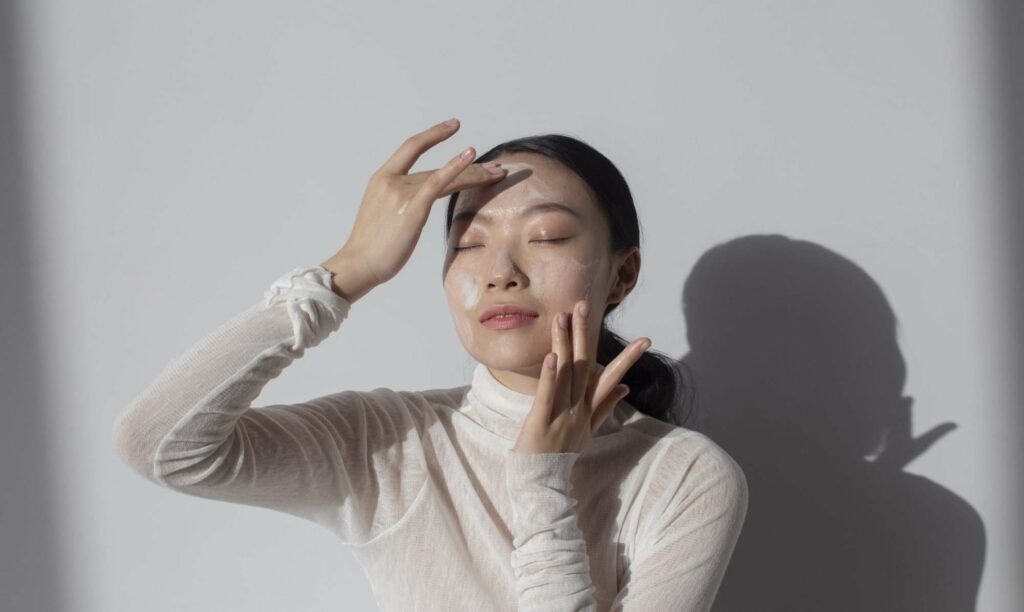
Excessive exposure to sunlight can damage the skin and even lead to skin cancer. As such it is best to put on some sunscreen before heading out and doing your preferred activities in Thailand.
For sunscreen, people should go for at least SPF 30 all the way up to SPF 70. Those planning to go for a swim and stay under the sun for an extended period should consider sunscreen that is water-resistant.
2. Mosquito Repellent
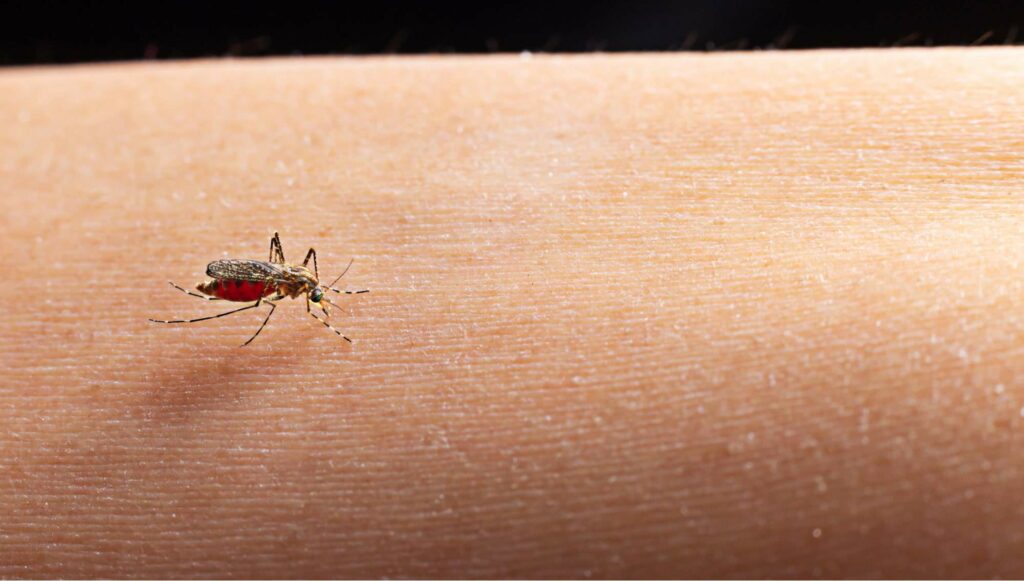
Mosquitoes can bring about various illnesses such as malaria, dengue, and Zika which can land tourists in the hospital. To avoid spoiling a perfectly good vacation with such illnesses, it is best that mosquito repellent is applied or used when in Thailand.
Mosquito repellents can come in various types such as DEET repellents or all-natural formulas. These all come down to personal preference and your body’s reaction to these different products.
These mosquito repellents are usually applied ten minutes after applying sunscreen to ensure that the sunscreen has dried out before the repellent is applied.





